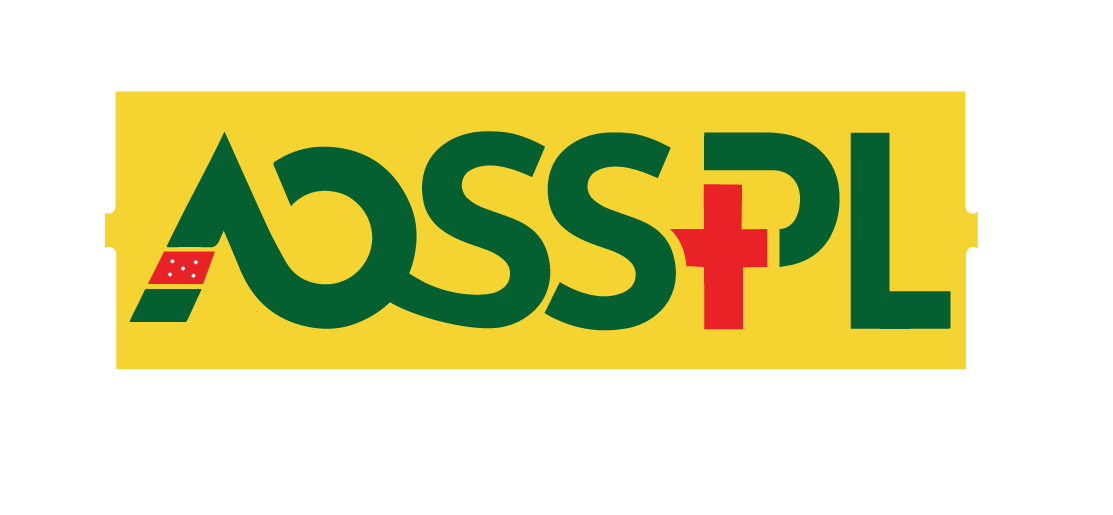Accidents happen, especially with kids around, so being prepared with a well-stocked first aid kit is essential. You can buy ready-made kits, but creating your own ensures it contains everything your child might need. Teaching your child how to use the kit responsibly will empower them to handle minor injuries safely and confidently.
Make a list of items to put in the kit. This list will help you fill the kit at first and also let you know what items you have used and need to replace, their expiration dates, and if anything is missing. Go over this list with your child while you fill the first aid kit, telling them what each item is, what it’s for, and how to use it.
- Consider the age of your child. For example, a kit for a child who’s 5-10 years-old might include mostly bandaids, antiseptic towelettes, and possibly instant cold packs. However, a kit for a pre-teen or teen might also be stocked with medicated ointment, sterile gauze, medical tape, an ACE bandage, a thermometer, eye wash, calamine lotion, aloe vera gel, and cough drops.
- If your child takes a medication and knows how to administer it themselves, you might include it in the kit.

Include different types of bandages. Keep all your bandages in one part of the kit. If your kit doesn’t have sections, put all the bandages in a clear plastic bag and label it “BANDAGES” with a permanent marker. You can also buy smaller plastic containers to put inside the first aid kit, and label them for bandages. The Red Cross suggests adding these types of bandages and dressings to first aid kits.
- 2 absorbent compress dressings (5 x 9 inches)
- 25 adhesive bandages of various sizes
- 5 sterile gauze pads (3 x 3”)
- 5 sterile gauze pads (4 x 4”)
- Gauze roll
- Roll of cloth adhesive tape
- One 3” wide and one 4” wide roller bandages (“ACE bandage”) for wrapping wrist, elbow, ankle, and knee injuries
- 2 triangular bandages
- Sterile cotton balls and cotton-tipped swabs
Add simple medical tools. Since this kit is for a child, avoid tools that could harm them. You might need to change the tools based on your child’s age or skill. These tools will help clean the wound and get it ready for a bandage. Keep these tools together in your kit in a clear plastic bag or container that is labeled for easy access. Here are some basic medical tools to include.

- Small, sharp scissors with rounded, child-safe tips
- Tweezers, for removing splinters and such
- 2 pairs of non-latex gloves
- Non-mercury oral thermometer
- CPR breathing barrier mask (with one-way valve), if they’re trained in CPR
- Instant cold compress
- Instant hot pack
- Hand sanitizer
- 5 antiseptic wipe packets or antiseptic spray (for external cleaning only)
- Zip-close plastic bags (to dispose of medical waste)
Think about adding more first aid items. Depending on how big your container is and where you’ll use the kit, there are extra items you might want to add. These are better for older kids because some of these items may not be safe for younger kids. Here are some extra items to consider.
- Sterile drinking water
- Eye protection
- Sterile eyewash
- Prepackaged space (warming) blanket
- Safety pins (to easily fasten splints and bandages)
Include medicines based on your child’s age. You may or may not add medicine to the first aid kit, depending on how old the child is. If you decide to include medicine, keep it separate from bandages and tools, and label the container or bag clearly. Also, include a measuring cup for liquid medicine and label each medicine with the right doses. Recommended medicines to include:
- Low-dose pain and fever medicines, such as children’s Tylenol
- Antacids to treat upset stomach
- Small doses of any prescription medications taken by the child/children

Making a special first aid kit for your child is an easy and effective way to keep them safe and help you feel calm. By choosing the right supplies for their age and showing them how to use them safely, you help them deal with small injuries confidently. Checking and updating the kit often makes sure it’s ready for anything. With a good first aid kit, you and your family can feel safer knowing you’re prepared for little accidents.
We are manufacturers, retailers, wholesalers, and exporters of Caution Tapes, First Aid Kits, Medical Rescue Kits, Spill Kits, and more. Our products are widely used to mark or segregate accident-prone areas in factories, warehouses, construction sites, and other places.
Contact us:
Phone: +91 9324779545
Email: info@aosspl.com
Website: https://aosspl.com/
Frequently asked questions
Making a customized kit ensures that it contains age-appropriate supplies tailored to your child’s specific needs, including any medications they use and tools they are capable of using safely.
Essentials include adhesive bandages, antiseptic wipes, sterile gauze, medical tape, tweezers, a thermometer, instant cold packs, and child-safe scissors. The contents can vary depending on the child’s age.
Use clear plastic bags or labeled compartments for easy access. Group similar items like bandages, tools, and medications separately to avoid confusion during an emergency.
Yes. Young children (ages 5–10) may only need basics like bandaids and antiseptic wipes, while older kids and teens can safely use more items such as medicated ointments, eyewash, and gauze rolls.
Yes! We are manufacturers, retailers, wholesalers, and exporters of First Aid Kits, Medical Rescue Kits, Caution Tapes, Spill Kits, and more. Our products are widely used in factories, warehouses, and construction sites to mark, segregate, and respond to emergencies effectively.


